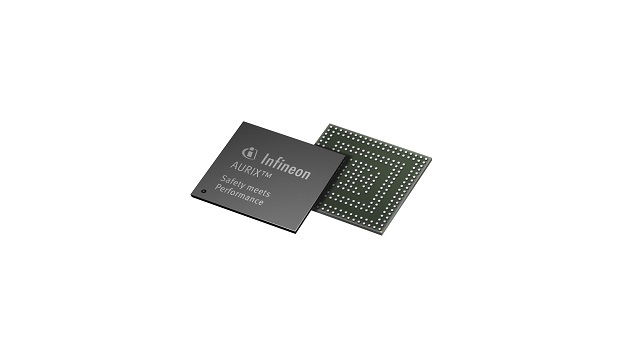Infineon Technologies AG will add a new member to its automotive microcontroller family AURIX. TC3A will address new automotive 77 GHz radar applications such as high-end corner radar systems for advanced driver assistance systems and automated driving. New features include a new signal processing unit, a large SRAM memory dedicated to radar and four TriCore processors running at 300 MHz with two additional lockstep cores.
TC3A’s signal processing unit, called the SPU 2.0, is an evolution of Infineon’s accelerator for radar processing with reduced latencies for Fast Fourier Transform (FFT) processing, extended capability for interference mitigation and different modulation schemes allowing first-tier customers to improve radar resolution at lower cost.
“The adoption of advanced driver assistance systems is growing and, eventually, they will evolve into automated driving. Cars in the future will be equipped with a lot more radar units to enable them to perceive their surrounding accurately,” said Ritesh Tyagi, head of the Infineon Automotive Silicon Valley Innovation Center. “The TC3A will enable Infineon to work with start-ups, industry leaders, and tech giants to accelerate innovations for radar systems.”
With its TC39, TC35 and TC33 AURIX devices Infineon already offers a set of microcontrollers for long-range, mid-range and short-range radar application. Each device has specific features enabling customers to address their different needs with performance and cost-optimized microcontrollers. The new TC3A will extend this portfolio at the upper performance end.
Key features of the TC3A:
- Four cores with TriCore architecture with two lockstep cores running at 300 MHz providing safe processing capability
- SPU 2.0 with extended features for real-time interference mitigation and lower resources consumption
- 6 MB of embedded SRAM to store data during processing
- High-speed radar MMIC (Monolithic Microwave Integrated Circuit) interface with up to 600 Mbps
- Hardware Security Module (HSM) compliant with EVITA full specification
For more information, visit: www.infineon.com








